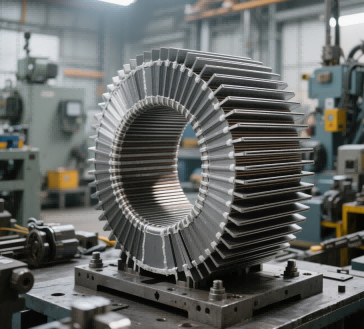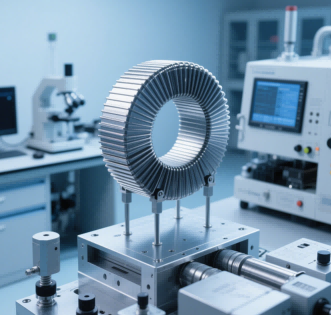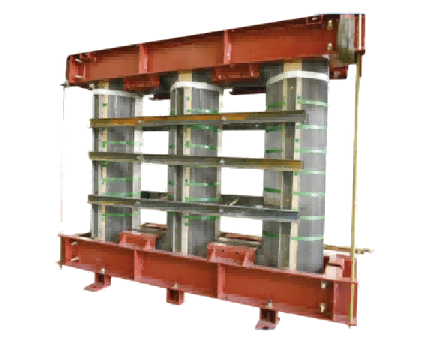The transformer core is the core component of a power transformer. As the carrier of the magnetic circuit for electromagnetic induction, it directly affects the efficiency, volume and operational stability of the transformer.
In terms of materials, modern transformer cores are mostly made by laminating silicon steel sheets (with a silicon content of approximately 3% to 5%). The addition of silicon can significantly increase the resistivity of iron and reduce eddy current losses - this is the useless power consumption caused by electromagnetic induction of current in the iron core. Silicon steel sheets are usually rolled into thin sheets of 0.3mm or 0.23mm. After being coated with an insulating layer on the surface, they are stacked layer by layer to further reduce the influence of eddy currents.

Its structure is divided into two types: core-type and shell-type. In the core-type, the windings of the core wrap around the core column and are mostly used in power transformers. Shell-type cores are wound around and are commonly found in small transformers. The geometric design of the core needs to be precisely calculated to ensure the unobstructed magnetic circuit and avoid magnetic saturation at the same time.
Efficient core design is the key to energy conservation in transformers. Nowadays, the application of new materials such as ultrafine crystalline alloys is driving cores towards lower losses and higher magnetic permeability, providing core support for the construction of green power grids.








